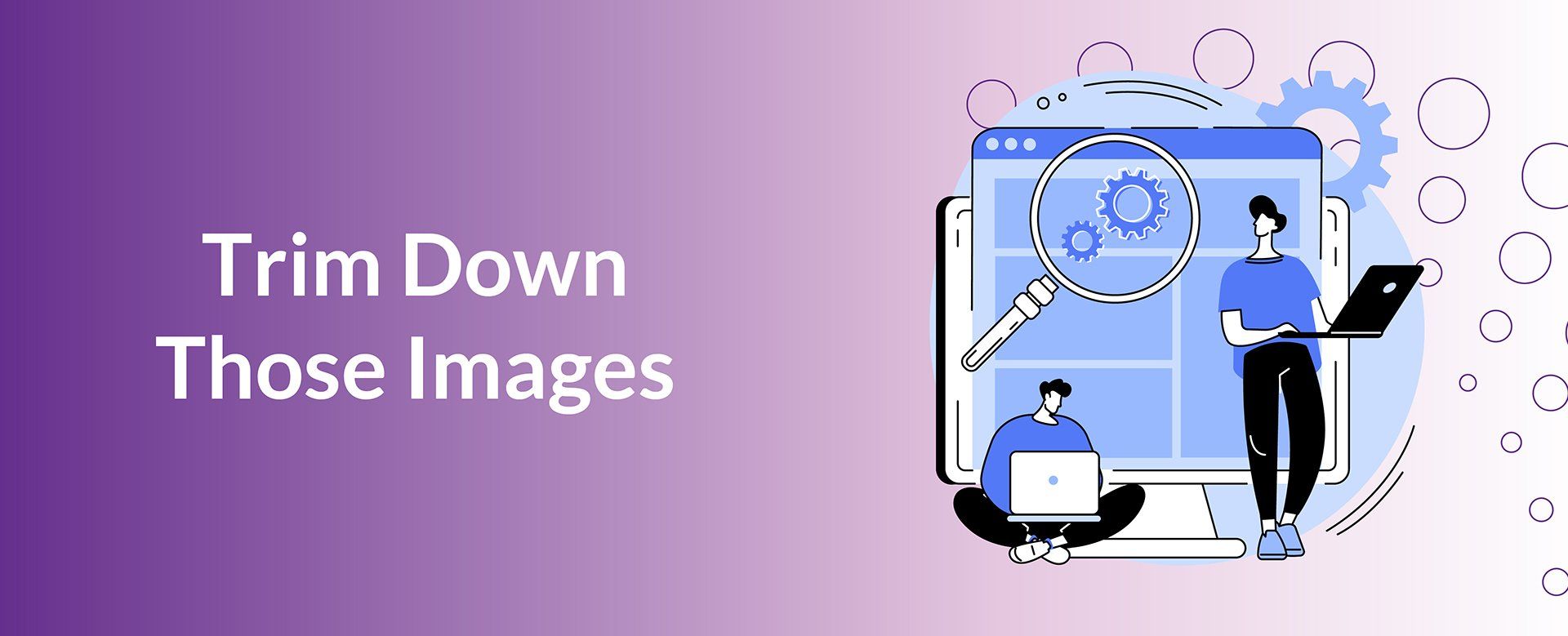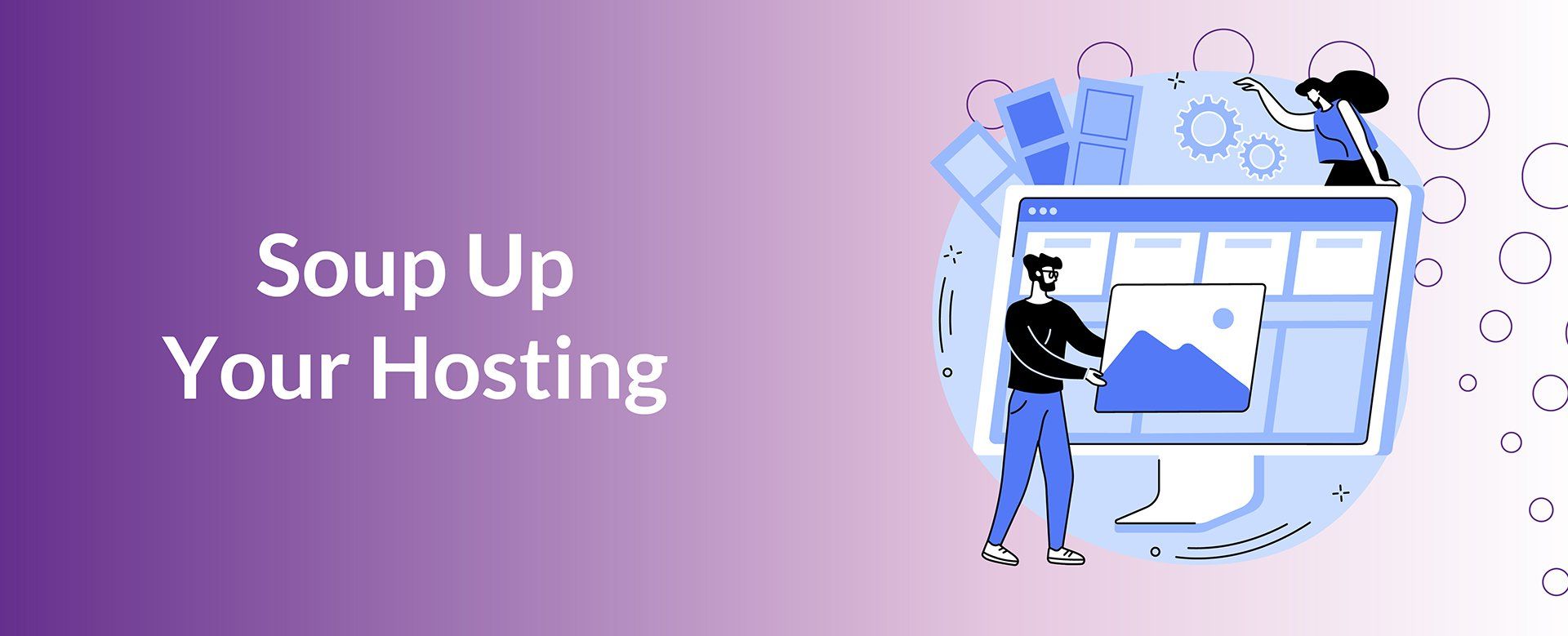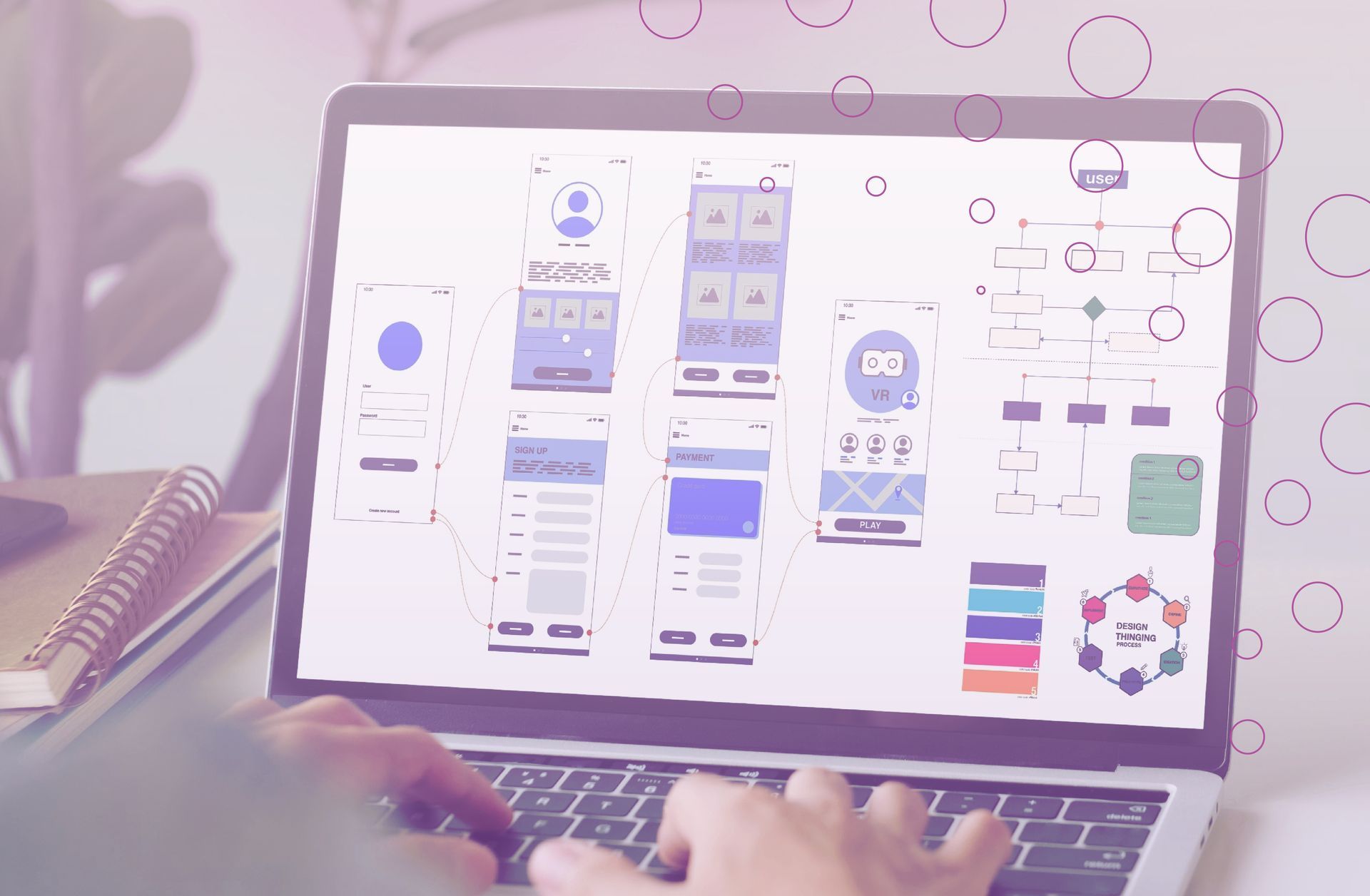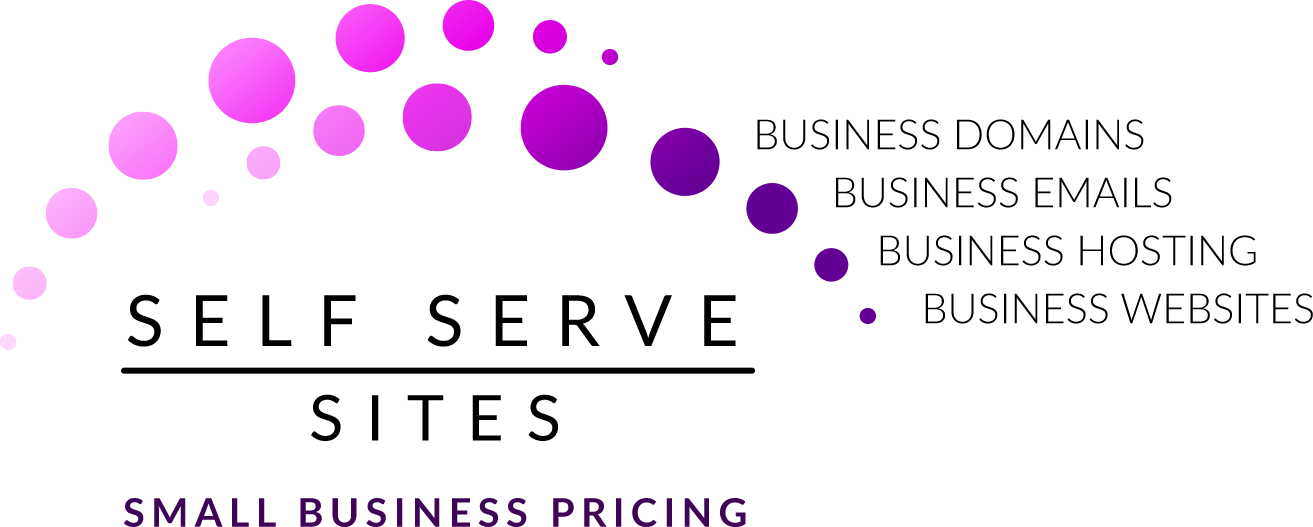How To Keep Your Site Racing Along
The internet is known as the information superhighway. Millions of people visiting millions of websites, all happening at breakneck speed. Except yours, which is puttering along at a snail’s pace, holding up traffic and enraging everyone around it.
If this situation sounds familiar, you’ve got a problem.
Nobody likes a slow Site, and the quickest way to alleviate the frustration of dealing with them is to back out and go elsewhere. If you’ve got this problem, it needs to be solved. And if you don’t, then it’s best to figure out how you can avoid it to begin with. Let’s see how you can
keep that Site racing along.

Trim Down Those Images
First up let’s examine those images you’ve got. They’re beautiful, they're enticing, they’re the heroes of the page. Everywhere they show up they bring your brand to life. But are they also slowing down your Site? It’s entirely possible.
Image resolution, image file size, and the relationship between them is a complex thing. Nevertheless there are a few simple rules we can keep in mind that should ensure your images are doing their job without harming the performance of your Site.
The first thing we can do is make sure your images are saved in a web appropriate format. JPEGs and PNGs are the standard, while GIFs are best suited for specialist uses, like animations. Best of all is the WebP format, which can do everything its competitors can but better.
Higher resolution images have larger file sizes, all that extra information has to be stored somewhere after all. The Google-developed WebP format, however, through the use of some arcane algorithms, can produce images of the same quality as one of its competitors, but with a smaller file size. It can also produce an image of the same file size but a higher quality, and it even supports GIF style animation.
The one big drawback to WebP is that not every program allows you to create them yet. Your usual image software may not offer them as an option, but a professional designer or photographer should be able to create them for you if you request it.
The other thing to keep in mind when reviewing your images is whether you have too many of them. Each additional image is more information a web browser has to request and then download, and therefore another chance to slow your Site down. If you’ve got a collage, one large image is more efficient than lots of smaller ones, so you’re best off building it offline and then uploading the result.
They aren’t likely to bring your Site to a standstill unless you REALLY mess them up, but
poorly optimised images can easily mar the look and feel of your Site.

Tune Up That Code
If you didn’t like the technicalities of that last one, you’d best handball this next part off to your web designer, though perhaps not the one who created this problem. Poorly built code can suck up data and bog down your Site, like trying to drive a car with the handbrake on. Sure, you might get somewhere, but it won’t be easy, and it won’t be good for the car.
Hopefully you got your Site built by a qualified professional, they’re much more likely to get it right the first time. Remember, unbelievably cheap web designers are usually cheap for a reason (We’re the exception of course).
The other way this is likely to come about is if your Site has had extra bits added to it over the years, stuff it was never designed to have attached to it. Over time these patches and add ons can turn what once a sleek machine into a
disorderly mess, and performance can suffer for it. If your web presence is shackled to a shambling Frankenstein’s monster of a Site, you should
consider an overhaul.

Soup Up Your Hosting
The final thing you should be looking at as the possible culprit for a slow Site is your hosting. Ensuring you have good, fast hosting is a blog all on its own, but we’ll summarise the most important parts.
Keep it local. That superhighway is somewhat constrained by real physical distance, so a server in Nepal won’t be nearly as quick as one that’s local. Information on the web may travel blisteringly fast, but it still needs to travel, keep that distance as short as you can.
The other big thing to keep in mind is whether you need to invest in a private server. A public server, which most businesses will host their Site in initially, is shared by several different Sites all renting space on it. It’s cheaper than a private server, but comes at the risk of having your Site slowed down by one of your roommates using up all the server’s power, leaving nothing for everyone else. A private server costs more, but you get everything it has to offer all to yourself.
With all of those bases covered you should now have a site that’s racing along just as fast as you want it to. Now get out there and
make the most of it!










